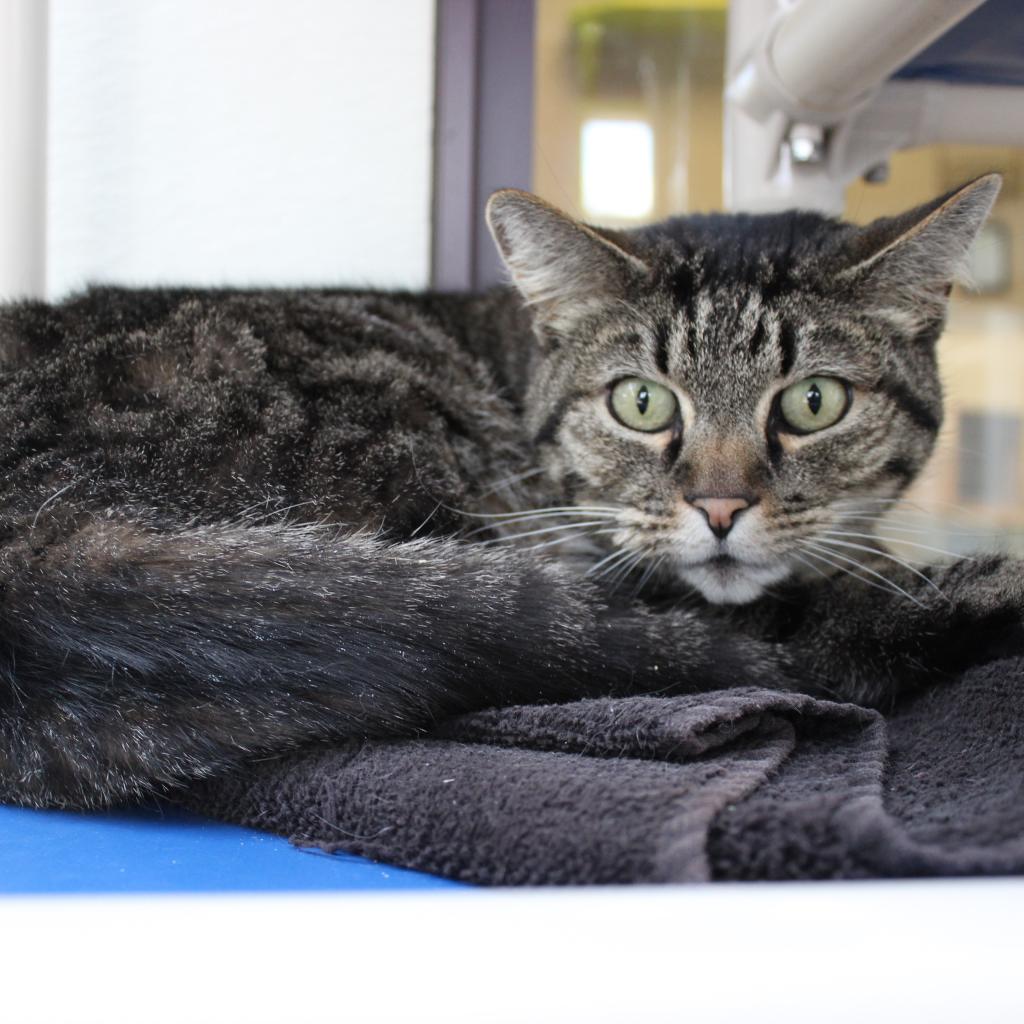Many people know that chocolate is dangerous for dogs to eat, but there are many other common items around the home that are toxic and potentially fatal to pets. March is Pet Poison Awareness Month, and this is a great time to evaluate your home for items that could be dangerous to your dog or cat. It’s important to identify hazardous items, recognize signs of poisoning to look out for, and know what to do to help your pet.
Common pet poisons around the house
There are over 1,000 plants that are toxic to dogs and cats, including many common flowers such as lilies, daffodils, and tulips. When planning your garden this spring, make sure to research what plants are safe for your pets. Plant fertilizer and plant food also should not be accessible to your pets. Look for pet-friendly insecticides and fertilizers if you’re applying them in areas that are also used by your pets.
With the arrival of warmer weather, you may be beginning your spring cleaning. It’s important to store all cleaning products securely and away from curious animals. Read labels to find pet- friendly products, keep animals out of rooms until cleaning products have dried, and dilute cleaning solutions. Pet owners often feed their animals some of the same things they are eating, but many foods are harmful to dogs and cats. Dog owners often know about the dangers of chocolate, grapes, and raisins. However, there are many other foods that could cause symptoms from upset stomach to more serious organ failure. For example, onions, avocados, citrus peels, leaves, and seeds shouldn’t be given to dogs or cats. Xylitol, a sweetening ingredient commonly found in peanut butter, gum, and candies, can cause a dangerous drop in blood sugar or liver failure in dogs. It’s a good idea to keep a list of these dangerous foods in the kitchen as a reference.
Over-the-counter and prescription medications are among the most commonly ingested toxic items. Store medications out of a pet’s reach behind a closed door and keep them out of backpacks, purses, and pockets. When taking your own pills, do so away from your pets; they could swallow a dropped pill before you can retrieve it.
Symptoms to watch for
Signs of poisoning include vomiting, diarrhea, poor appetite, lethargy, difficulty breathing, and seizures. Even if you haven’t seen your pet ingest something toxic, you should seek urgent veterinary care if your pets are showing these symptoms.
Get help for pet poisoning
Contact your vet or get help from an animal poison hotline if you are concerned that your pet has eaten something that may be dangerous. Don’t wait until your pet starts to show symptoms before seeking veterinary assistance, because early treatment is critical. The following organizations offer 24/7 telephone hotlines as well as searchable online databases to identify the toxicity of a variety of items.
The ASPCA Animal Poison Control Center – (888) 426-4435
Pet Poison Hotline – (855) 764-7661

